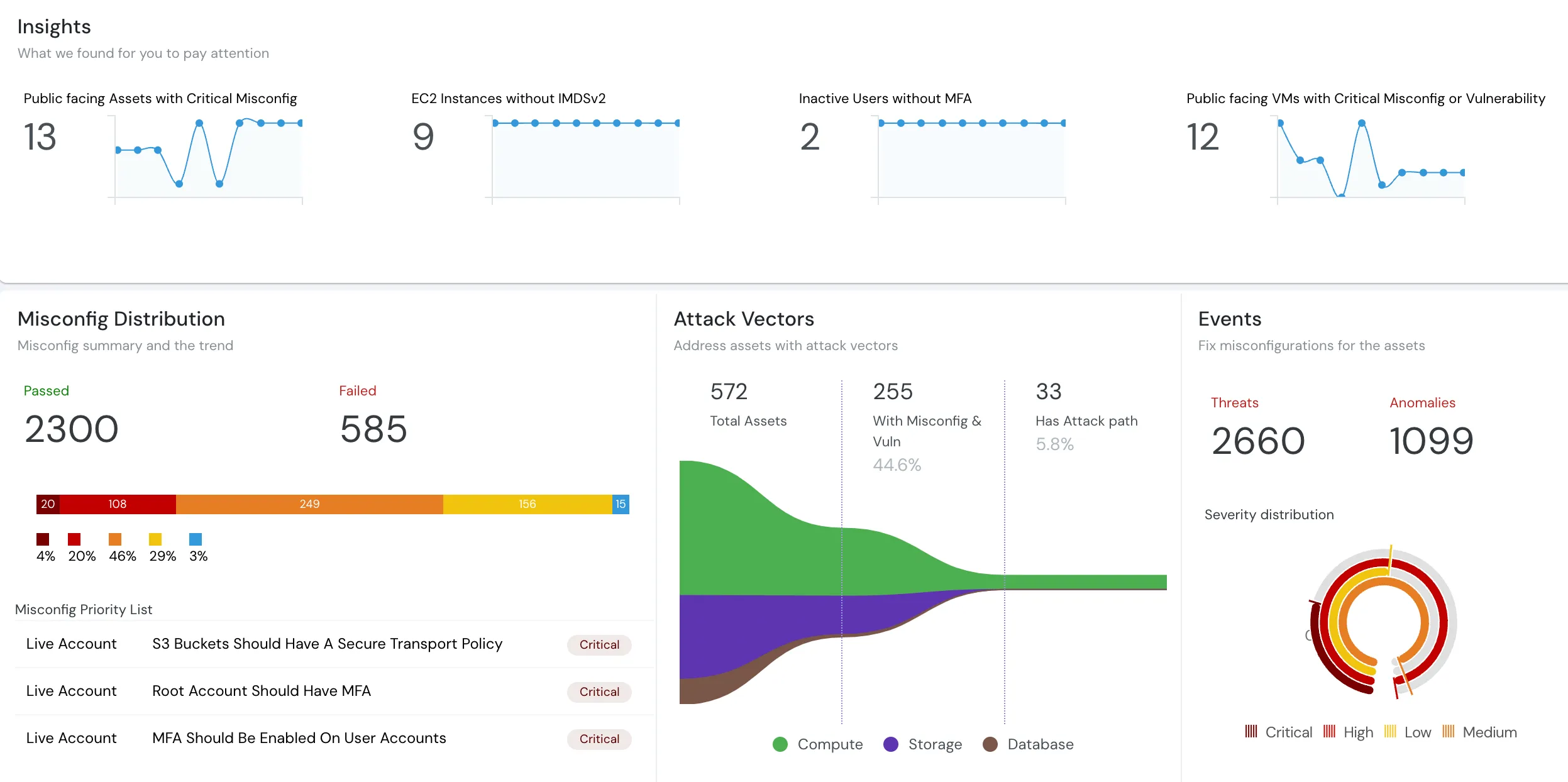Cloudanix
AWS Cloudfront Audit
Amazon Cloudfront Content Delivery Network (CDN) distributions should be configured to automatically compress content for web requests in order to increase your web applications performance and reduce bandwidth costs.
CloudFront Web Distributions Should Automatically Compress Web Content
Amazon Cloudfront Content Delivery Network (CDN) distributions should be configured to automatically compress content for web requests in order to increase your web applications performance and reduce bandwidth costs.
CloudFront Distributions Should Have Geo Restriction Enabled
Geo restriction should be enabled for your Amazon CloudFront CDN distribution to whitelist or blacklist a country in order to allow or restrict users in specific locations from accessing web application content.
AWS Account Should Use CloudFront CDN Service
AWS CloudFront Content Delivery Network (CDN) service should be used within your AWS account to secure and accelerate the delivery of your websites, media files or static resources.
CloudFront Distributions Should Not Use Insecure SSL Protocols
Your AWS Cloudfront Content Delivery Network distributions should not be using insecure SSL protocols (i.e. SSLv3) for HTTPS communication between CloudFront edge locations and your custom origins.
CloudFront Should Be Integrated With AWS WAF
All your AWS CloudFront web distributions should be integrated with the Web Application Firewall (AWS WAF) service to protect against application-layer attacks
Logging Should Be Enabled For CloudFront Distributions
Ensure that your AWS Cloudfront distributions have the Logging feature enabled in order to track all viewer requests for the content delivered through the Content Delivery Network (CDN).
CloudFront Distributions Should Use Security Policies With Appropriate Version And Ciphers
Your Amazon CloudFront distributions should use a security policy with minimum TLSv1.1 or TLSv1.2 and appropriate security ciphers for HTTPS viewer connections.
CloudFront Distributions Should Use HTTPS For Secure Delivery of Web Content
The communication between your AWS CloudFront distributions and their custom origins should be encrypted using HTTPS in order to secure the delivery of your web content.
Communication With Viewers Should Be Encrypted Using HTTPS
The communication between your Amazon CloudFront CDN distribution and its viewers (end users) should be encrypted using HTTPS in order to secure the delivery of your web application content
Origin Access Identity Should Be Enabled For CloudFront Distributions
The origin access identity feature should be enabled for all your AWS Cloudfront CDN distributions that utilize an S3 bucket as an origin in order to restrict any direct access to your objects through Amazon S3 URLs.
Origin Failover Should Be Enabled For CloudFront Distributions
Origin Failover feature should be enabled for your Amazon CloudFront web distributions in order to improve the availability of the content delivered to your end users
CloudFront Distributions Should Have Field-Level Encryption Enabled
Field-level encryption should be enabled for your Amazon CloudFront web distributions in order to help protect sensitive data like credit card numbers or social security numbers, and to help protect your data across application services.
Web Applications Should Use CDNs
Your web application should be using Amazon Cloudfront Content Distribution Network (CDN) to secure its content delivery to absorb and mitigate potential Distributed Denial of Service (DDoS) attacks and keep the application available for legitimate users.
HTTPS Should Be Enabled on CloudFront Distributions
CloudFront distributions should be enabled with HTTPS
Security for your Code, Cloud and Data
Cloudanix replaces your 5-6 disjointed security tools within 30 minutes.
Get StartedCLOUDANIX
Insights from Cloudanix
Explore guides, checklists, and blogs that simplify cloud security and help you secure your infrastructure.
Case Studies
Real-world success stories where Cloudanix helped organizations secure their cloud infrastructure. Watch how we made a d...

What is CSPM?
Understand what Cloud Security Posture Management (CSPM) is and how it automates security and compliance across cloud en...
CASB, CSPM, SIEM: Cloud Security Essentials
Understand how CASB, CSPM, and SIEM work together to enhance your cloud security posture and ensure better governance.
What is Cloud Audit?
In-depth assessment of cloud environment for security, compliance, and optimization. Identify vulnerabilities, ensure da...
Top 10 Challenges of CSPM
Cloud environments are getting more complex and dynamic day by day, making it difficult to gain complete visibility into...
Cloudanix docs
Cloudanix offers you a single dashboard to secure your workloads. Learn how to set up Cloudanix for your cloud platform ...
Changelog
A complete history of changes, improvements, and fixes for Cloudanix. Subscribe to get notified about the latest updates...
